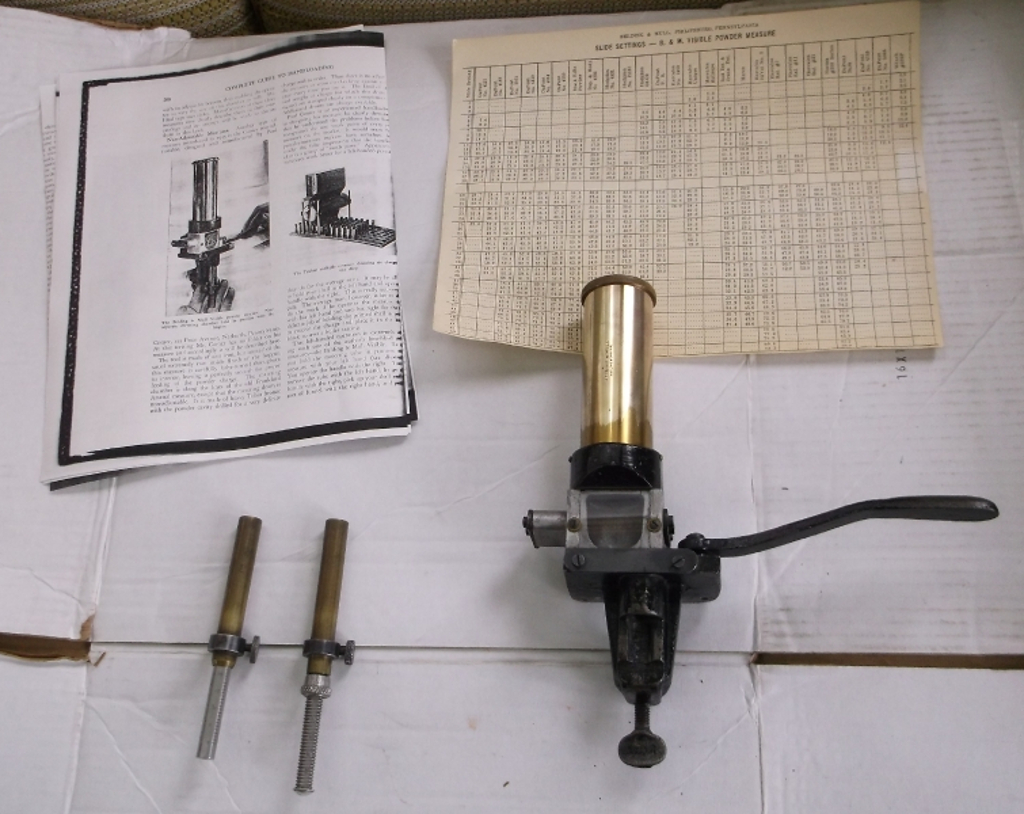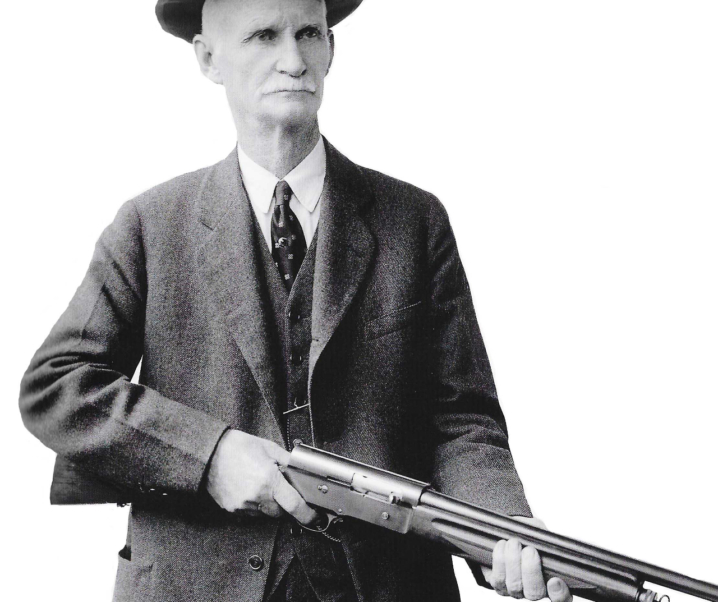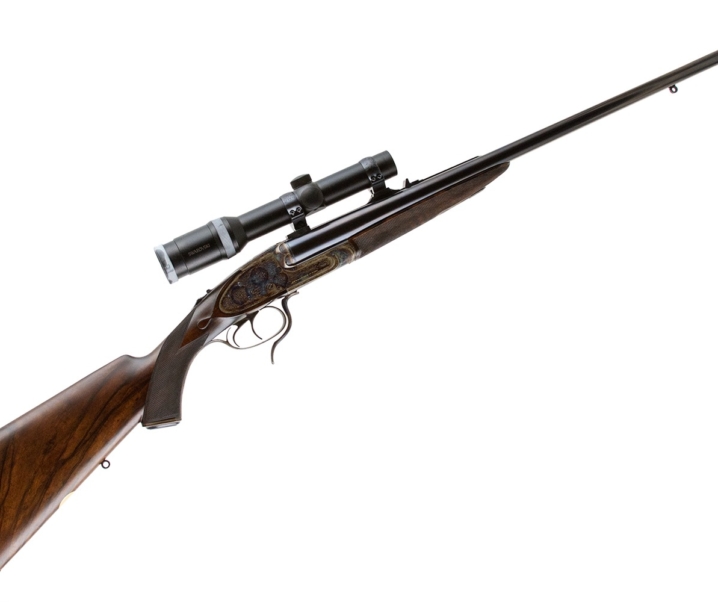The Belding and Mull Visible powder measure was, and I suspect still is, the most accurate powder measure one could buy. They’ve been out of production for some years but Belding and Mull now have a website up and running which you will find if you click here. On that website is a “contact us” page and you will find that if you click here or you can e-mail them at [email protected].
I was first introduced to the Belding and Mull Visible powder measure when it was mentioned in one of the books I read about rifle accuracy and reloading accurate rifle cartridges. I had been reloading for a while at that stage and had been using one of the more common powder measures which had worked fine for the finer powders I’d been using in pistol cartridges and smaller rifle calibres. But the accuracy fell of a tad once I started into heavier calibre rifles and coarse tubular grained powder, which led me to using a powder trickler and weighing every charge. It was a time I was getting into competitive bench rest shooting also. So, back in those days before the Internet I wrote to Belding and Mull, and subsequently sent them an order along with a suitable bank draft to cover the costs, and waited patiently for the new powder measure to arrive.
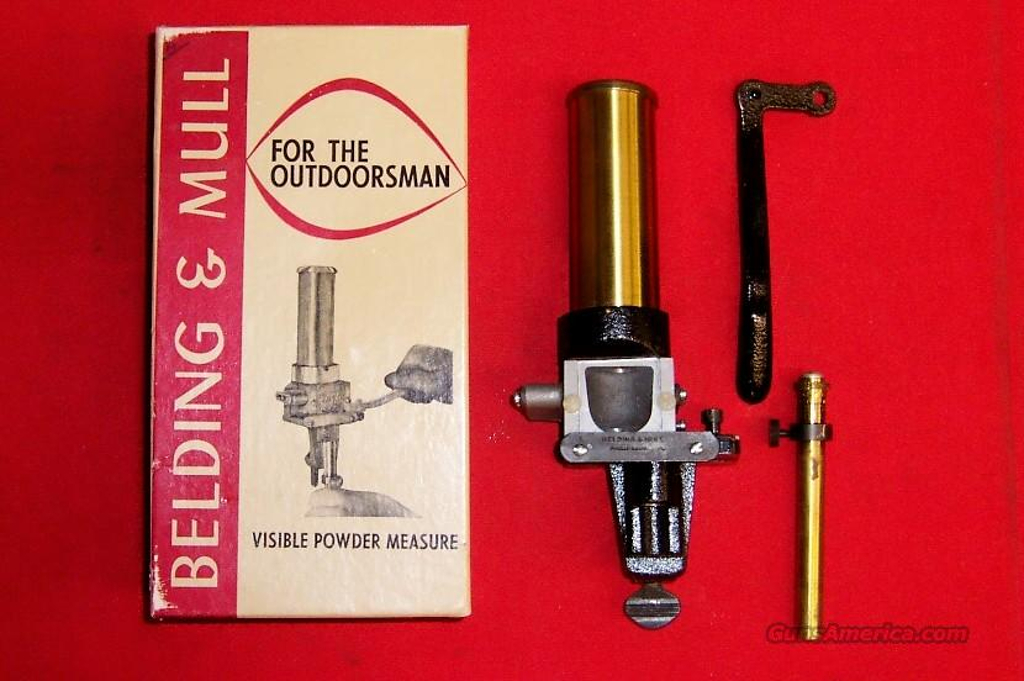
The Belding and Mull powder measure is not the fastest powder measure on the market. So if you are looking for speed then the Belding and Mull is not for you. However, if you are willing to sacrifice speed for accuracy then this is quite likely to be exactly what you have been looking for.
The Belding and Mull powder measure clamps to the edge of your reloading bench or table. It doesn’t attach to your reloading press. The secret to the powder measure’s accuracy is the floating chamber used to dispense the load of powder. When a powder measure is full its weight presses down creating more powder density at the bottom than at the top of the hopper. As the hopper becomes less full the weight, and therefore the density of the powder in the hopper becomes less and this affects the consistency of the loads being dispensed. With the Belding and Mull powder measure the powder is dropped into a floating chamber which is visible below the main powder hopper.

When the handle of the powder measure is pushed forwards it moves the floating chamber out of alignment with the powder hopper, so the powder in the floating chamber is no longer subject to the pressure of the weight of powder in the hopper and then drops powder into a measuring tube, which is held up against the outlet on the underside of the floating chamber. When the handle of the powder measure is allowed to spring back it then cuts off any grains that are in the way if any and seals off the outlet of the floating chamber and the operator can then remove the tube containing the measured powder charge and either check weigh it or pour it into a cartridge case.
It sounds simple, it is simple, and it works.
When I purchased my Belding and Mull powder measure I bought two micrometer adjustable drop tubes for it, a standard one and a magnum one. The micrometer adjustments meant that setting the tube for a particular powder charge was as simple as recording the drop tube setting into my reloading log book once it had been arrived at by trial and error. When that charge is needed again just re-set the micrometer drop tube to the recorded setting and check weigh. No rocket science involved.
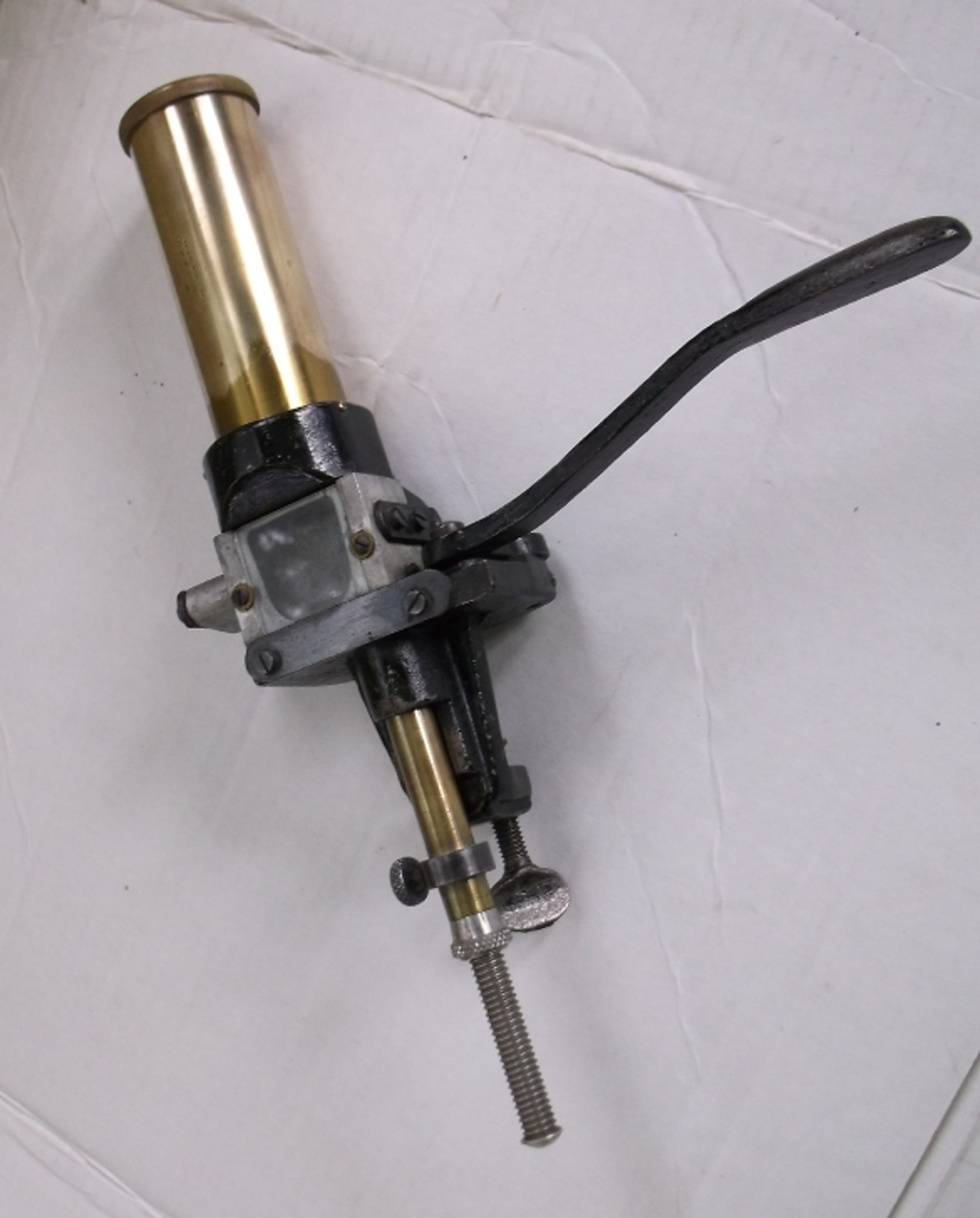
So if you are a rifle shooter who is determined to get the best possible accuracy into every cartridge you create then the Belding and Mull Visible powder measure is likely to be the one you will get most satisfaction from.
You can get a new one from Belding and Mull or you can have a look on other sites such as eBay for second hand ones.
Instructions and More Detailed Description


Jon Branch is the founder and senior editor of Revivaler and has written a significant number of articles for various publications including official Buying Guides for eBay, classic car articles for Hagerty, magazine articles for both the Australian Shooters Journal and the Australian Shooter, and he’s a long time contributor to Silodrome.
Jon has done radio, television, magazine and newspaper interviews on various issues, and has traveled extensively, having lived in Britain, Australia, China and Hong Kong. His travels have taken him to Indonesia, Israel, Italy, Japan and a number of other countries. He has studied the Japanese sword arts and has a long history of involvement in the shooting sports, which has included authoring submissions to government on various firearms related issues and assisting in the design and establishment of shooting ranges.

